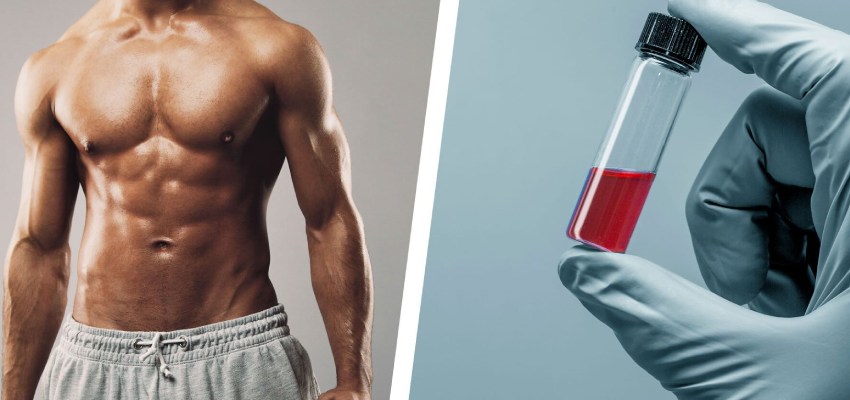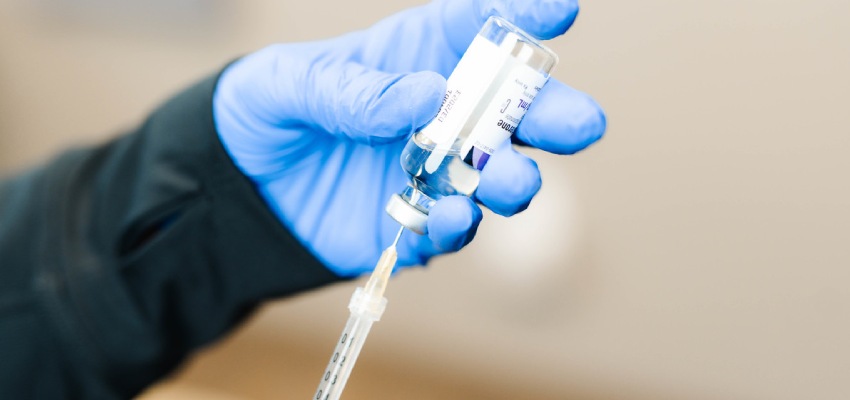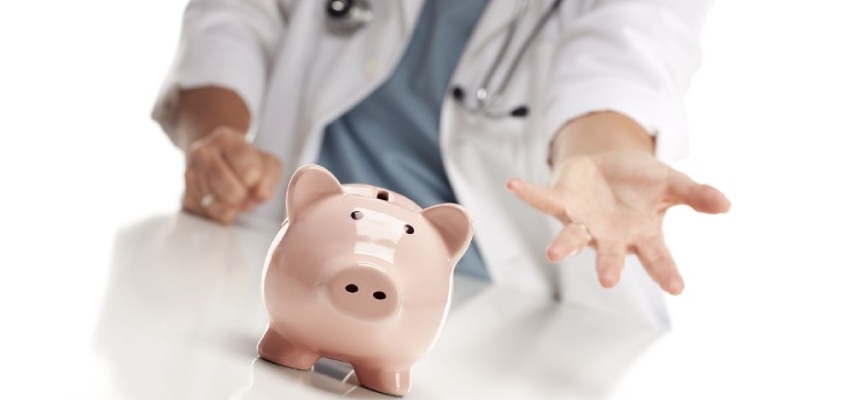Testosterone is a hormone essential for the maturation of male reproductive tissues and the preservation of masculine features. Testosterone may be found in both men and women.

On the other hand, testosterone levels normally drop in men as they become older, which can result in a variety of health problems.
The medical intervention known as testosterone replacement treatment, or TRT, is intended to treat low testosterone levels and reduce the symptoms that are associated with this condition.
In this post, we will go into the specifics of testosterone replacement treatment, discussing topics such as its cost, advantages, potential hazards, and other relevant topics.
Introduction
Introduction
About Disease
About Testosterone replacement therapy
Hypogonadism is a disorder in which there is an insufficient amount of testosterone produced by the body. This disease is also commonly referred to as low testosterone.

This can lead to a variety of symptoms, some of which might have an effect on a person’s physical, mental, and sexual well-being.
Also read about – Human Testis Treatment
Symptoms
The following are some symptoms of low testosterone:
- drowsiness and a marked decrease in energy levels
- a decrease in muscular mass as well as strength
- A higher level of body fat
- Alterations in mood, including depressive symptoms and irritability
- lowered libido and difficulties in obtaining or maintaining an erection
- Reduced bone mass and density
- Alterations in one’s typical sleeping habits
Types of Hypogonadism

This form of hypogonadism is known as primary hypogonadism, and it happens when there is an issue with the testicles themselves, which results in insufficient testosterone production.
Diagnosis of Low Testosterone
A diagnosis of low testosterone would be as follows:
Blood testing, a study of the patient’s medical history, and physical examinations are all components of the diagnostic process for low testosterone. Blood tests are performed to determine the amount of testosterone that is present in the body.

These tests are normally carried out in the morning, when testosterone levels are at their peak. In order to rule out any underlying medical issues, other tests might also be conducted.
You may also like to read – Chemotherapy
Perspectives on the TRT
Individuals who have low testosterone levels can see considerable improvements in their symptoms and general quality of life when they undergo testosterone replacement treatment that has been administered correctly and is followed closely.
Treatment
Treatment of testosterones replacement
Problems that arise as a result of low testosterone:
Decreased levels of testosterone have been linked to a variety of health difficulties, including decreased bone density, an increased risk of cardiovascular illnesses, and metabolic problems.

Because of these issues, it is essential to address low testosterone levels with the right medication.
In most cases, the outlook is favourable for patients who are taking testosterone replacement treatment.
A significant number of people report that their symptoms significantly improve, which in turn has a beneficial effect on their overall physical, mental, and sexual well-being.
Read about – Lip Surgery Cost in India
Potential Dangers
While TRT may offer a number of advantages, it is essential to be aware of the hazards that may be involved. The following are some of the risks that are related with TRT:

Hazards to the Cardiovascular System: There has been some research that points to the possibility of a connection between TRT and an increased risk of cardiovascular problems such heart attacks and strokes. Yet, in order to establish a correlation with absolute certainty, further study is required.
Concerning prostate health: there is continuous discussion over whether or not TRT raises the risk of prostate cancer. When evaluating specific risk factors, it is essential to seek the advice of a qualified medical practitioner.
Blood Clots: There is some evidence that TRT is associated with an increased risk of developing blood clots.
TRT’s Adverse Effects
Side effects are possible with TRT, just as they are with any other medical treatment. The following are examples of common adverse effects:
- blemishes and an oily complexion
- Retention of fluids
- Enhancement of the breasts (gynecomastia)
- Disruptions to one’s sleep
- A higher total number of red blood cells
- Changes in emotional state
You should also know – Root Canal Treatment
Before and after care
Before beginning TRT, it is vital to undergo exhaustive medical assessments in order to ascertain the proper dose and treatment plan.

Over the course of therapy, it is imperative that the patient have routine checkups and blood testing in order to keep track of their hormone levels and any potential adverse effects.
Treatment Cost
Testosterone replacement therapy Cost
The cost of testosterone replacement therapy can fluctuate greatly depending on a number of criteria, such as the kind of treatment, dose, frequency of administration, and location of the patient.
TRT can be given in a few different formats, including the following:

Testosterone can be administered into the muscle at regular intervals for a more sustained effect. The cost of each injection can range anywhere from ten dollars to one hundred dollars, but on average, each injection costs between those two numbers.
Gels: Daily use of topical gels to the skin is recommended. There is a possible price range of $100 to $300 each month.
Patches are adhesive squares that are applied directly on the skin and need to be updated every day. Costs range anywhere from $150 to $300 per month depending on the package.
Implants: Little pellets are surgically placed under the skin, and the testosterone they contain is gradually released over the course of a few months. The initial investment is often more, ranging from $800 to $1,200, but the benefits can be enjoyed for a number of months.
Applying a gel to the interior of the nose is the method used in the more recent treatment known as “nasal gel.” There is a possibility that prices will be comparable to those of other topical medicines.
It is essential to keep in mind that these are only preliminary estimates, and the final expenses may differ from those listed. In addition, an individual’s insurance coverage may have an effect on the out-of-pocket costs that they are responsible for.
You may also like to read about – Knee Replacement Surgery